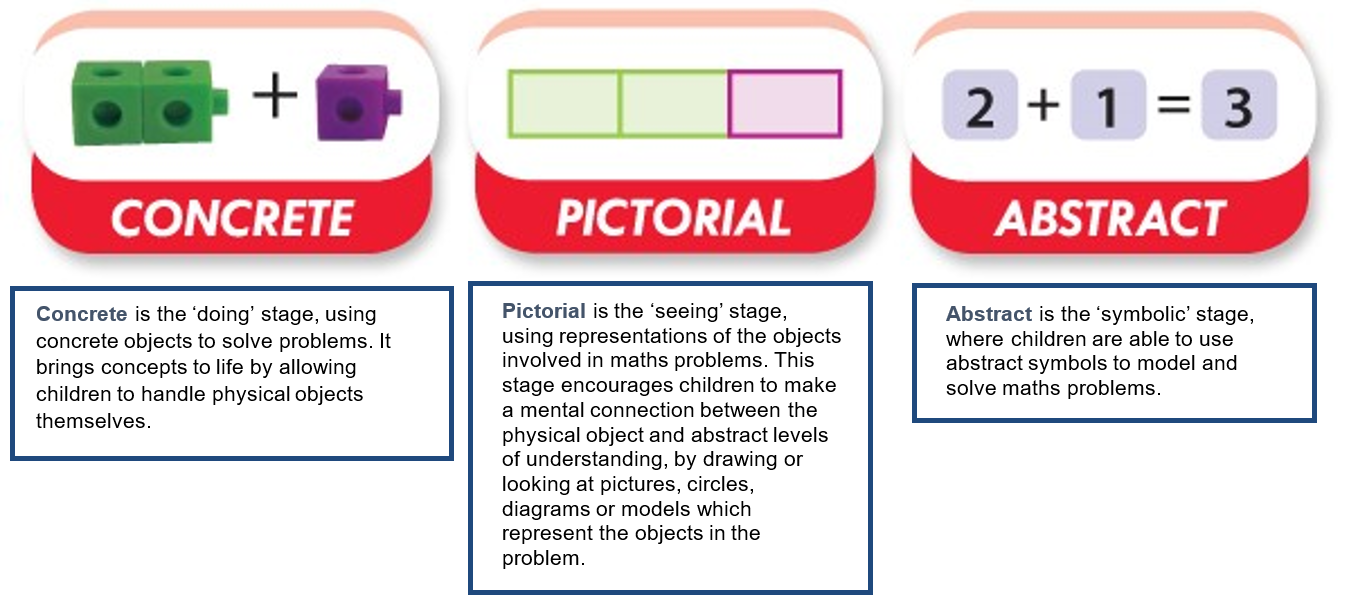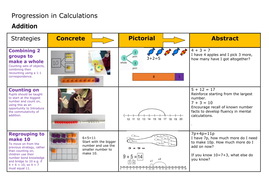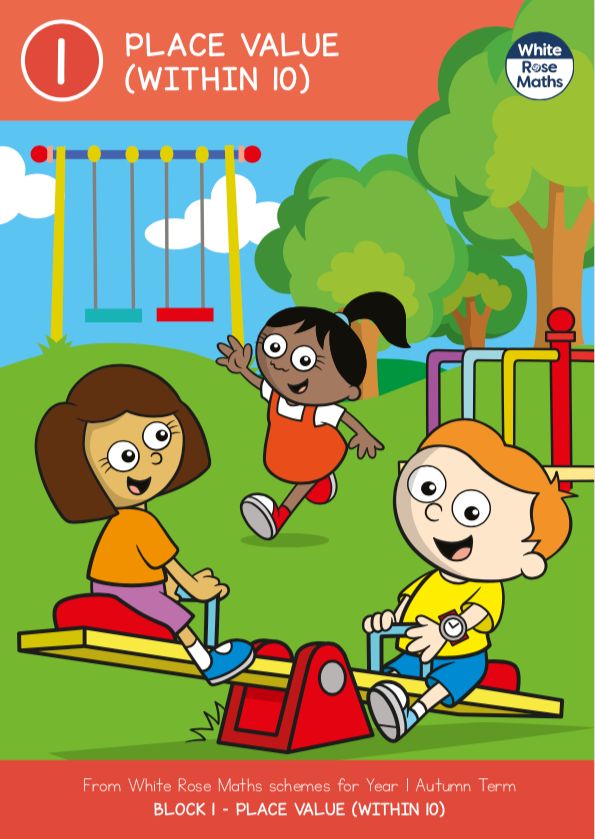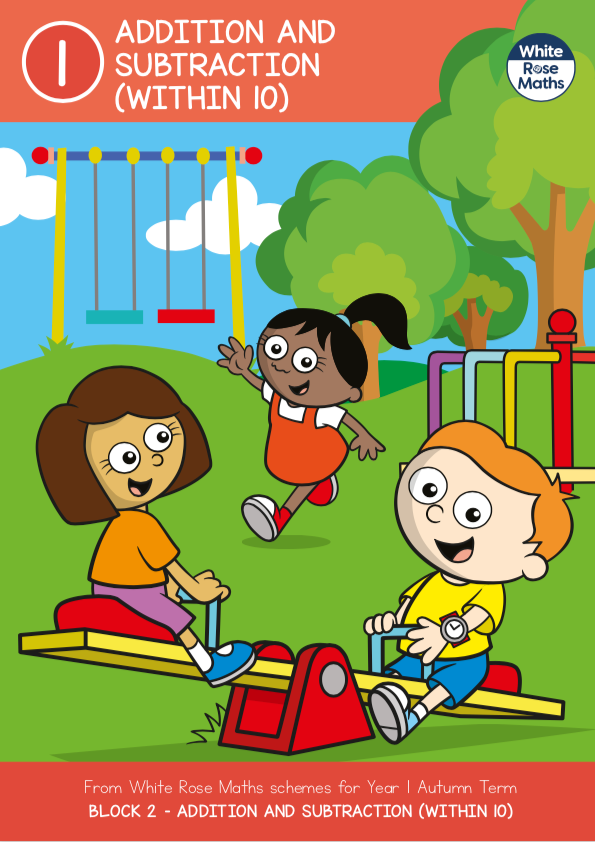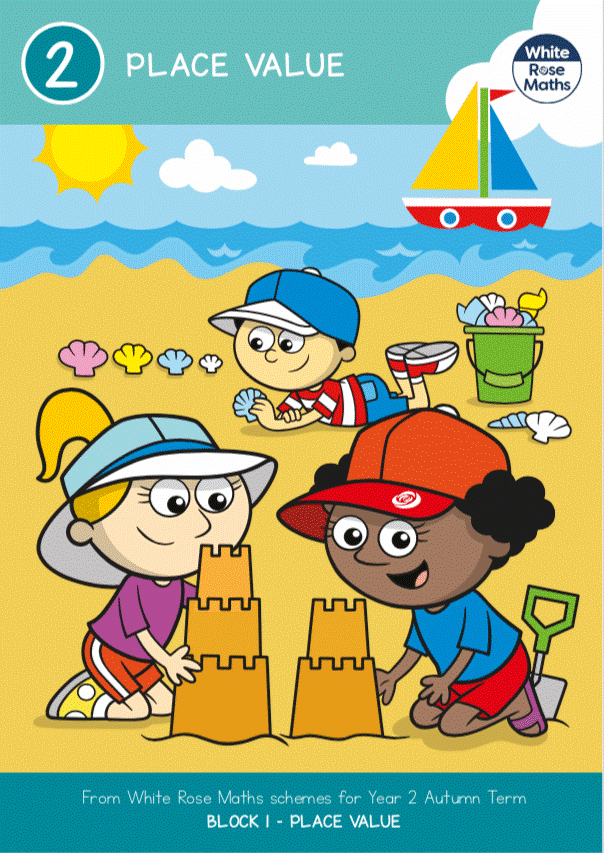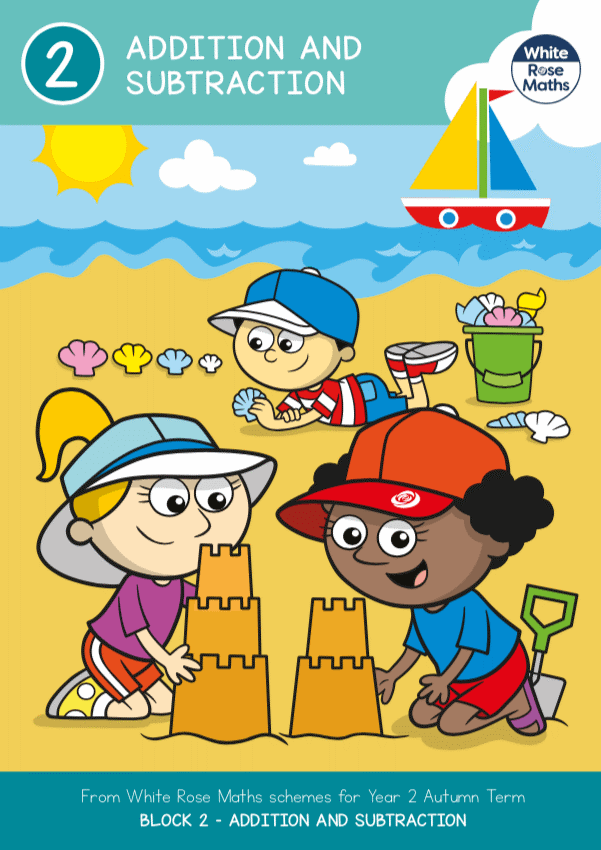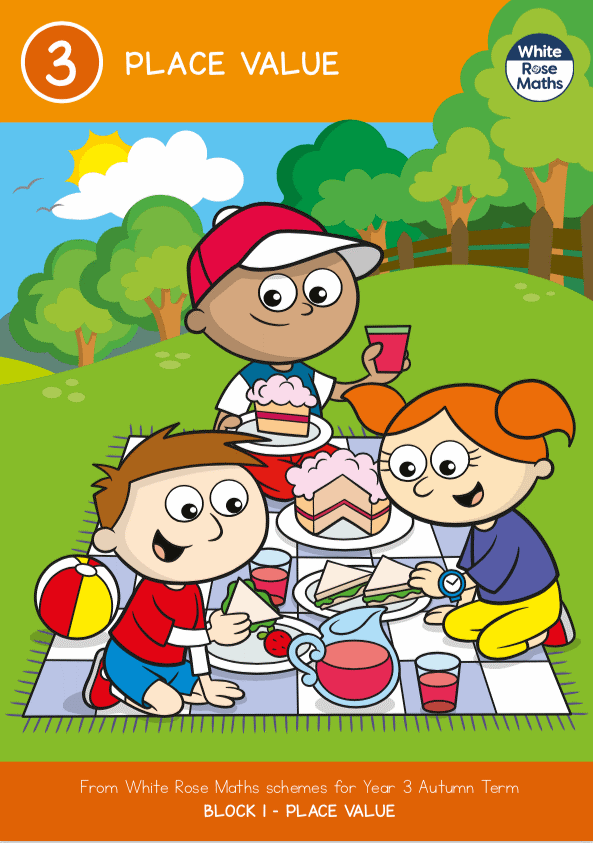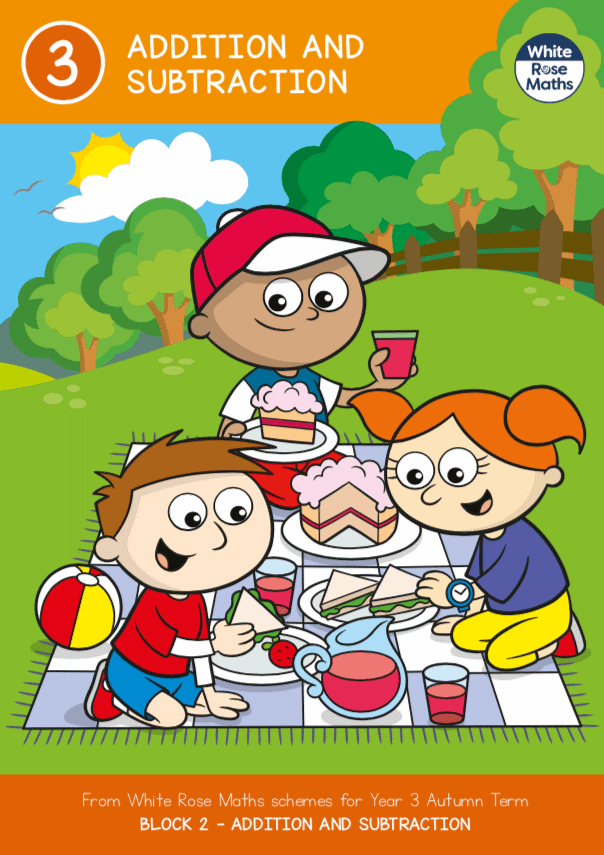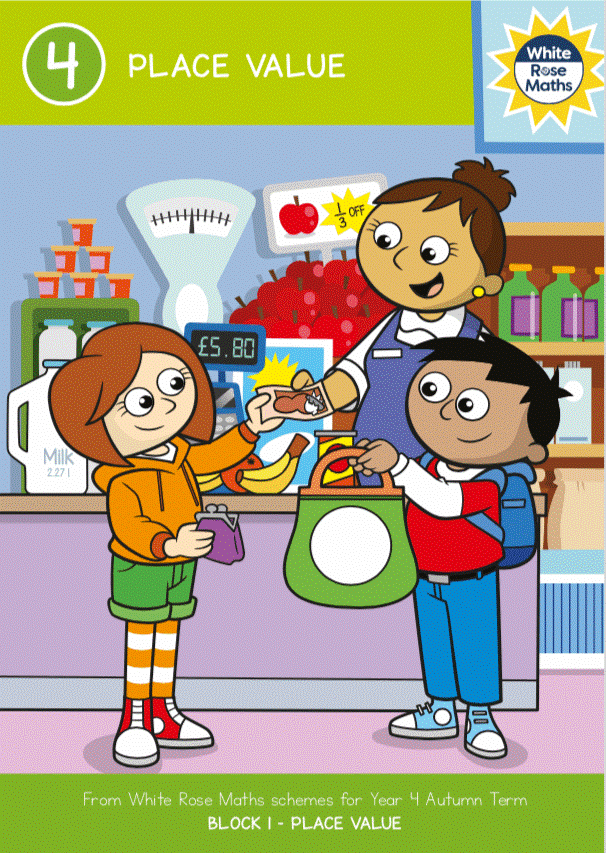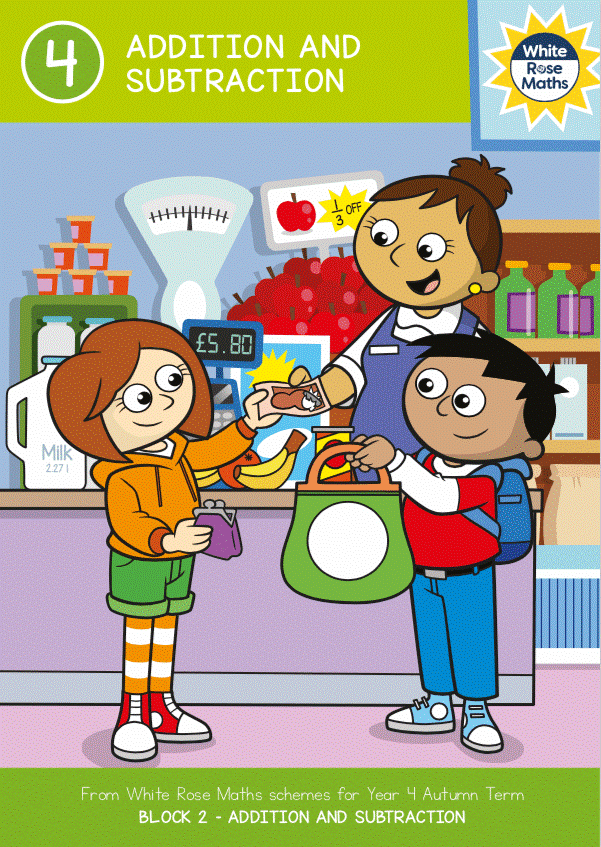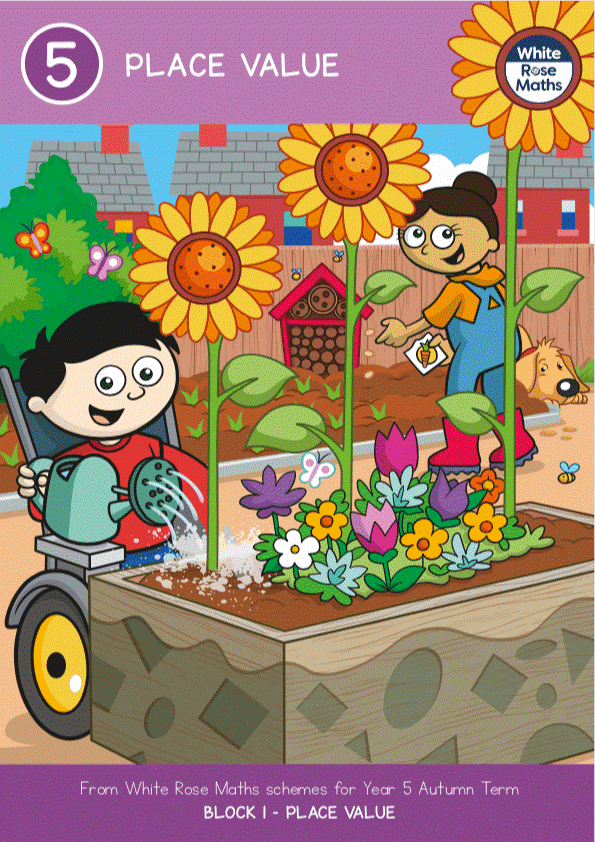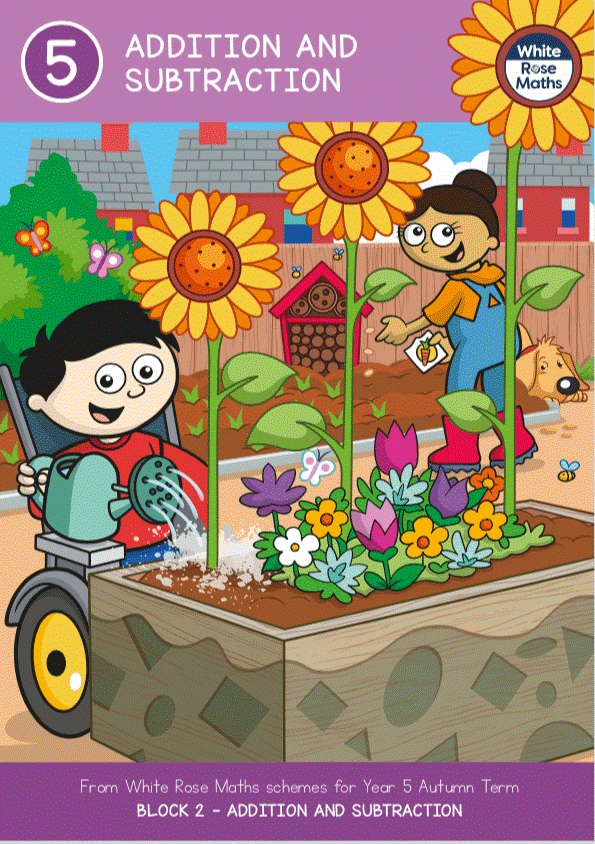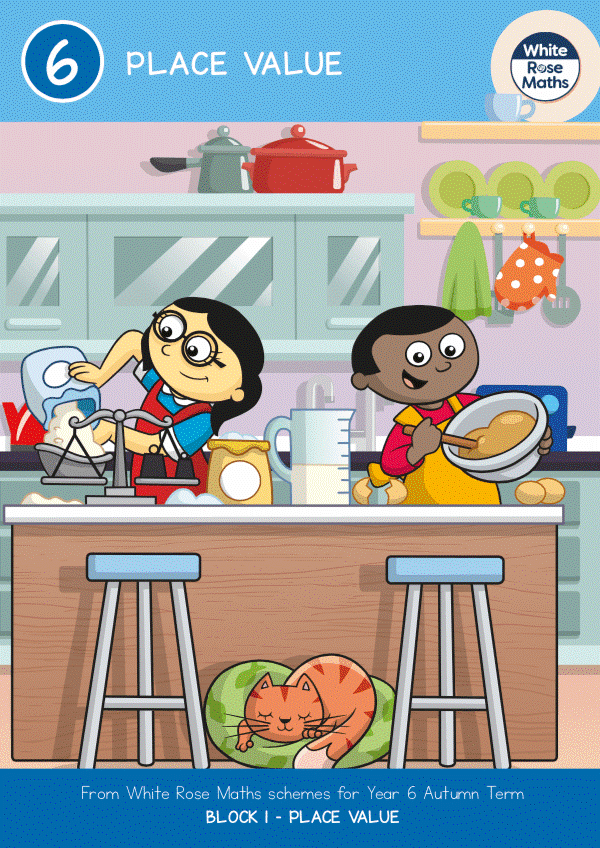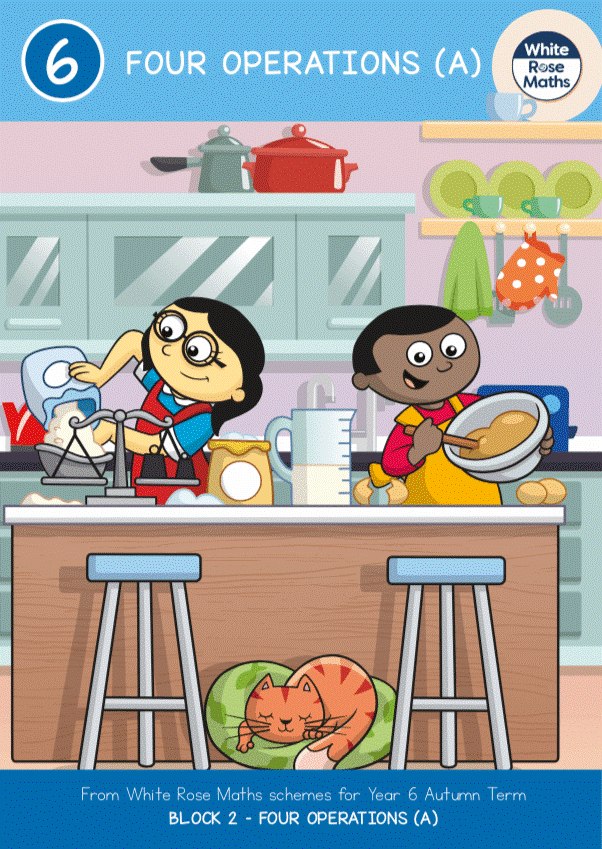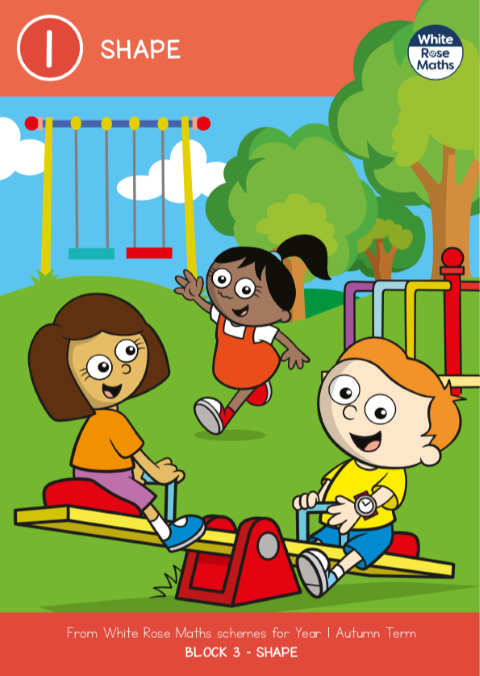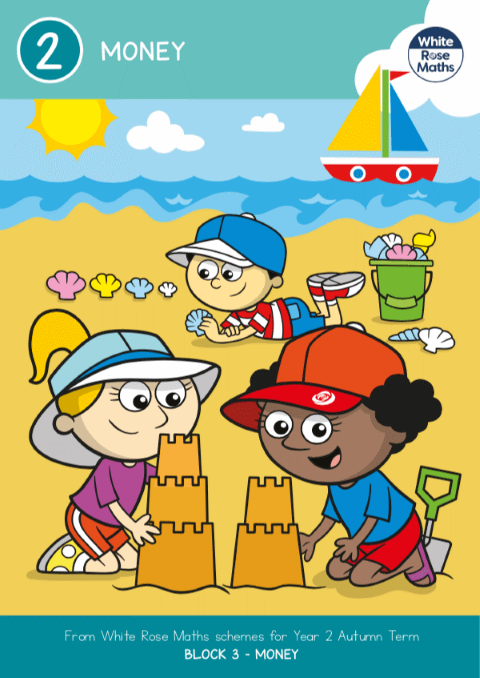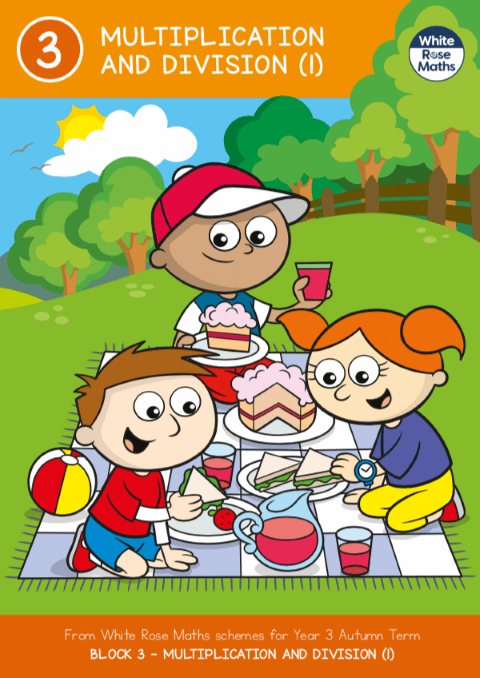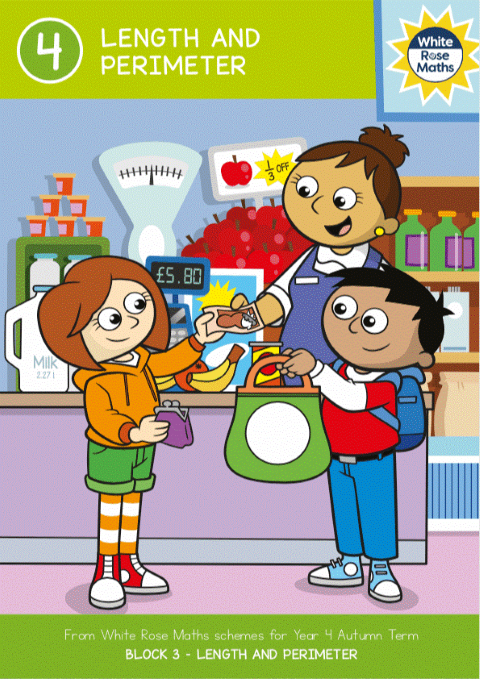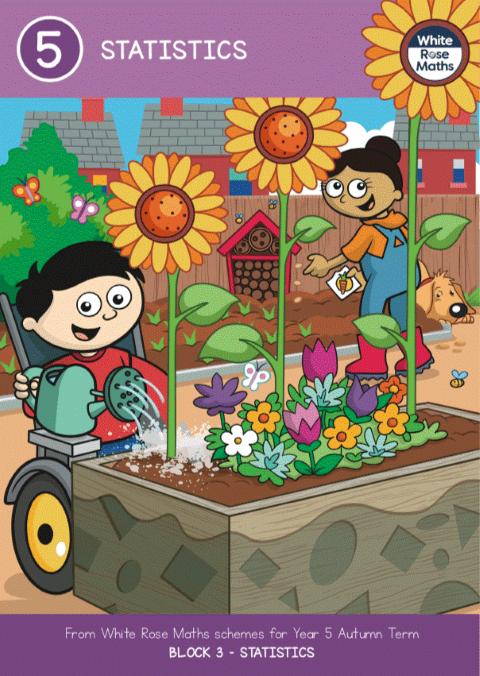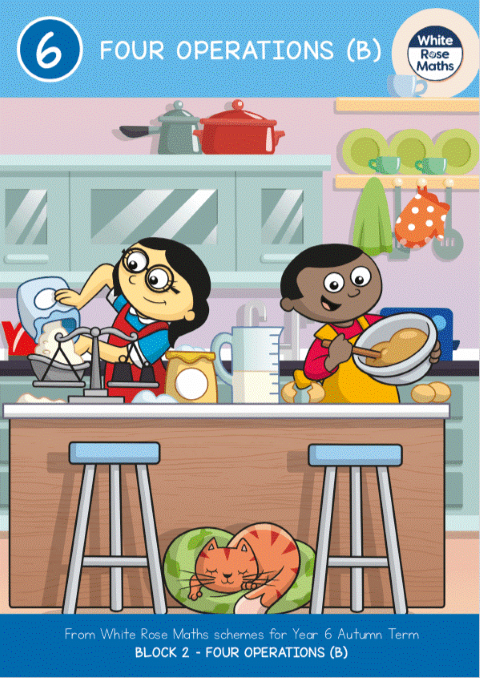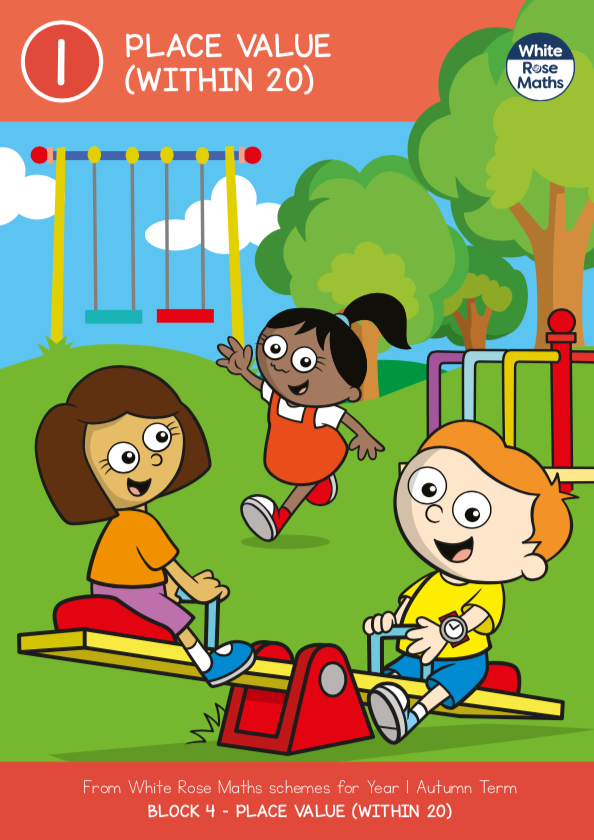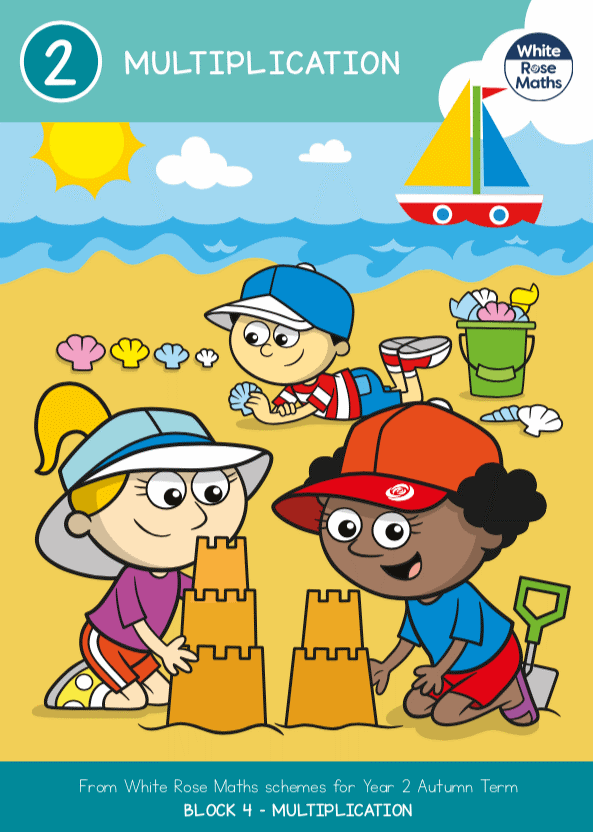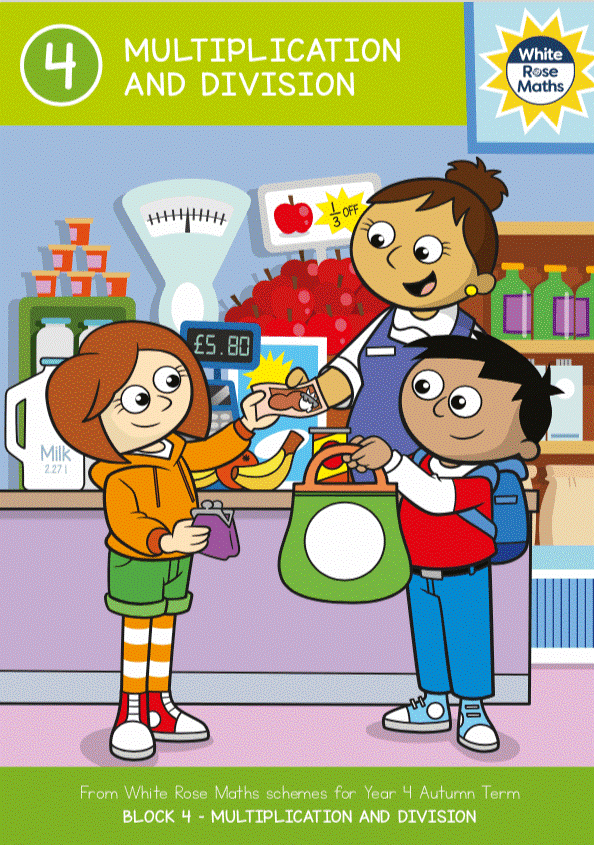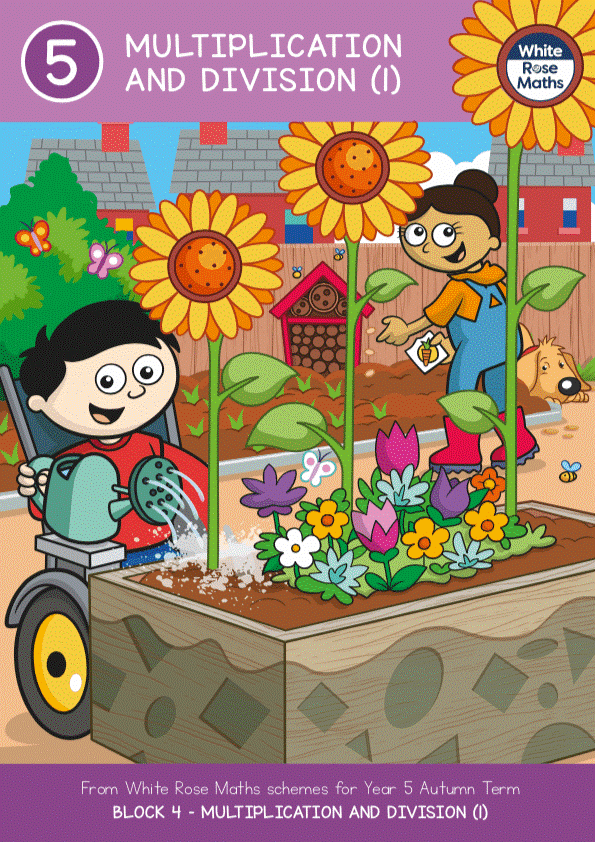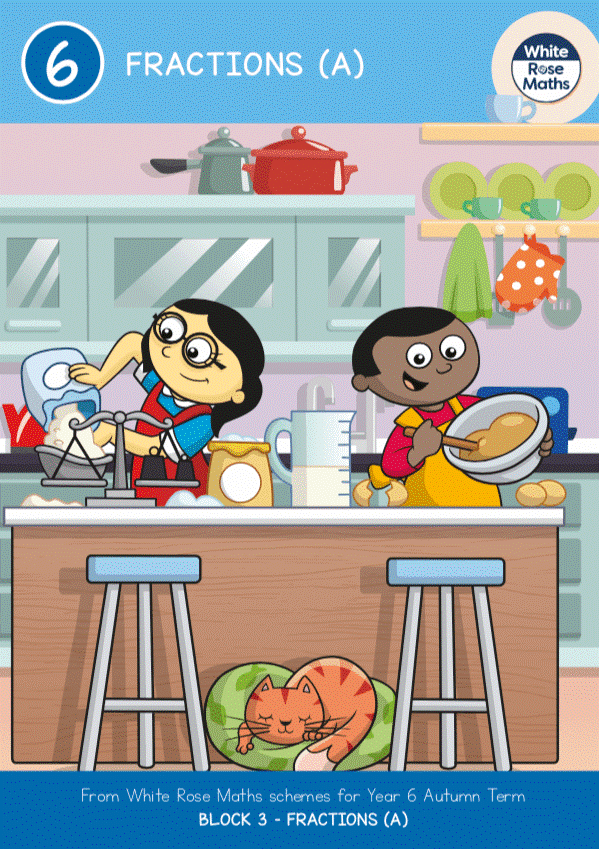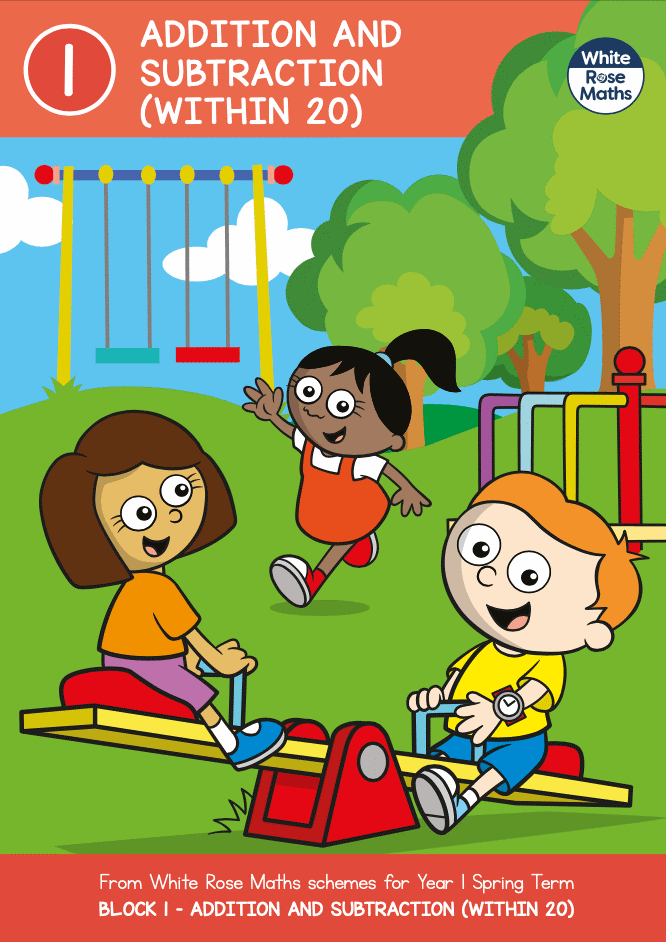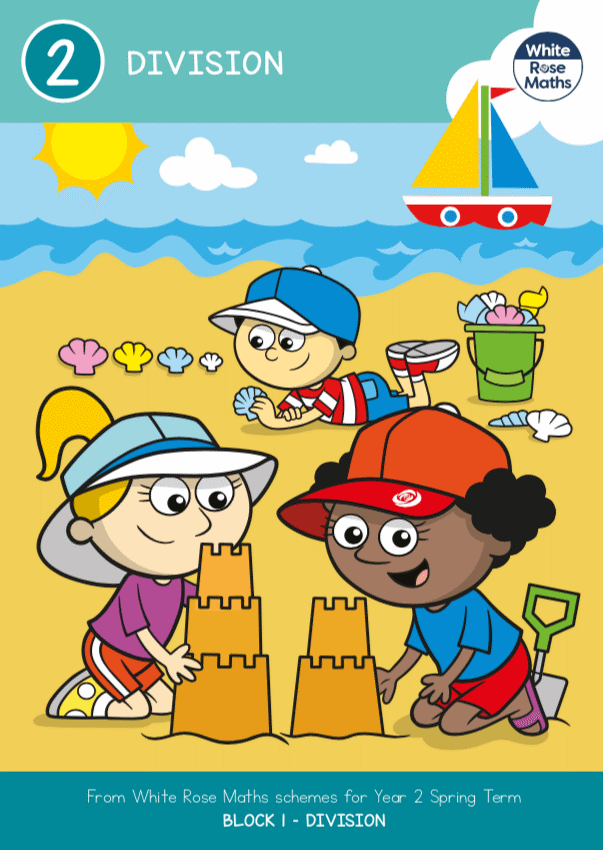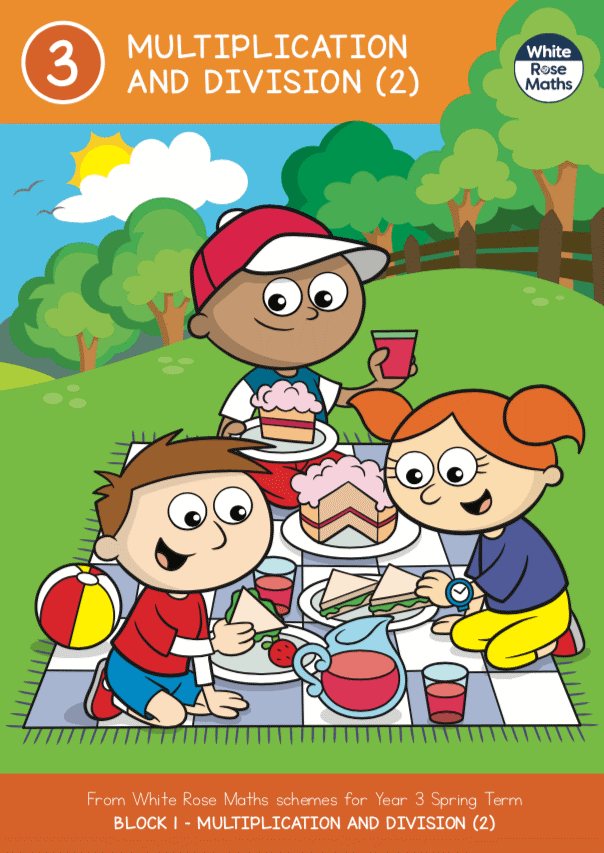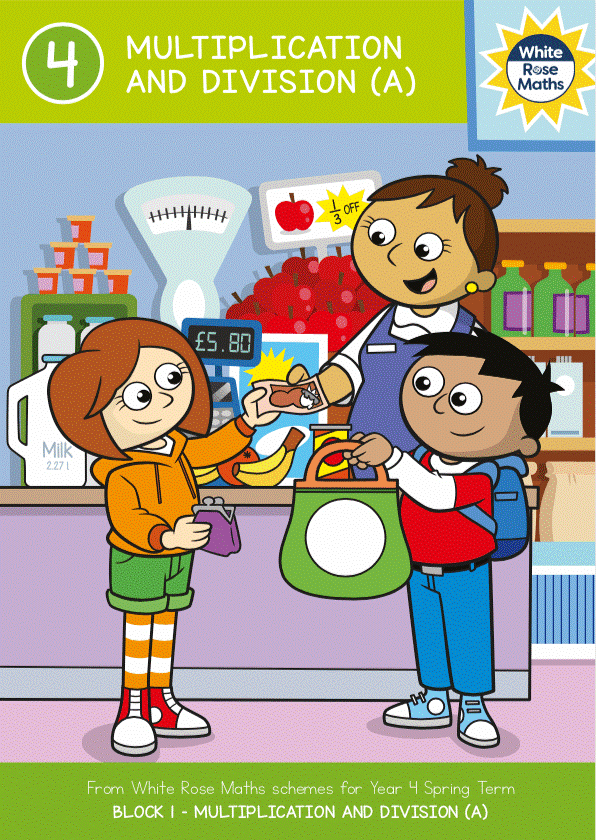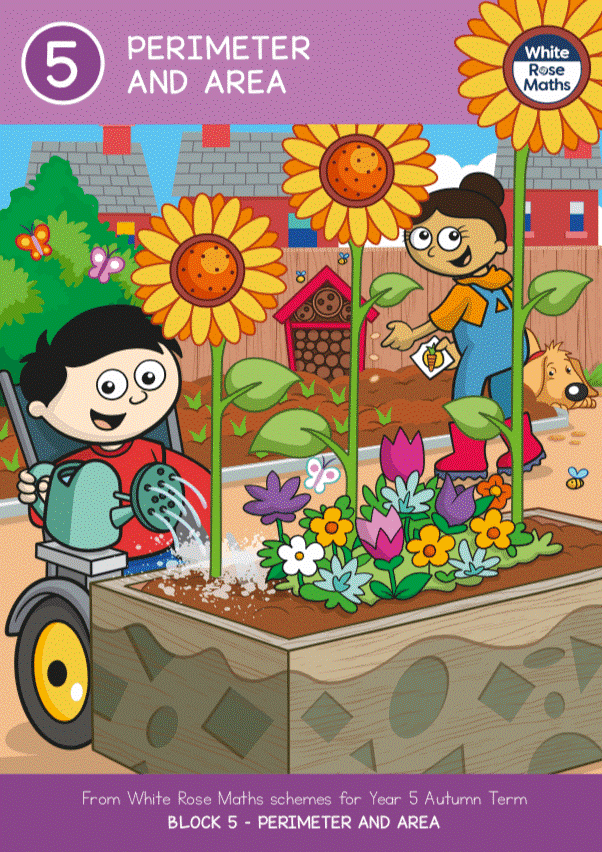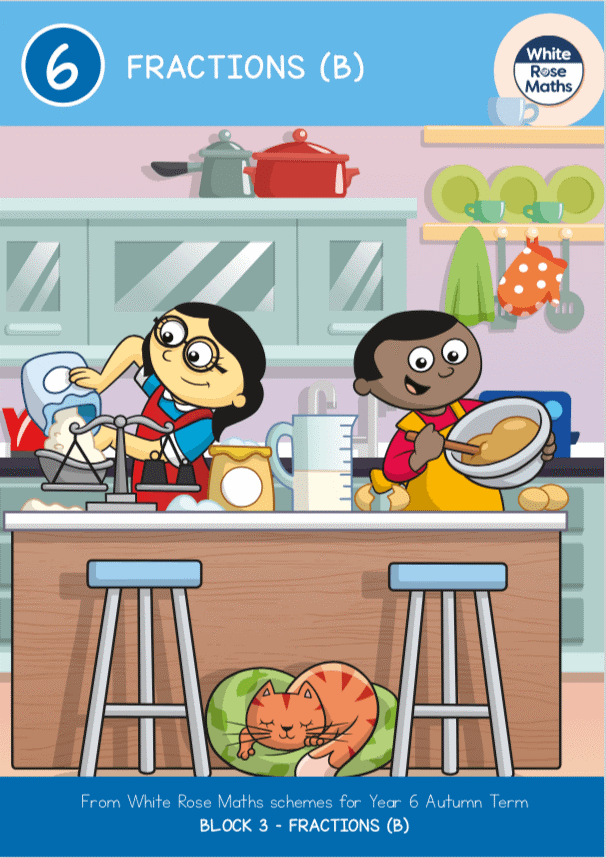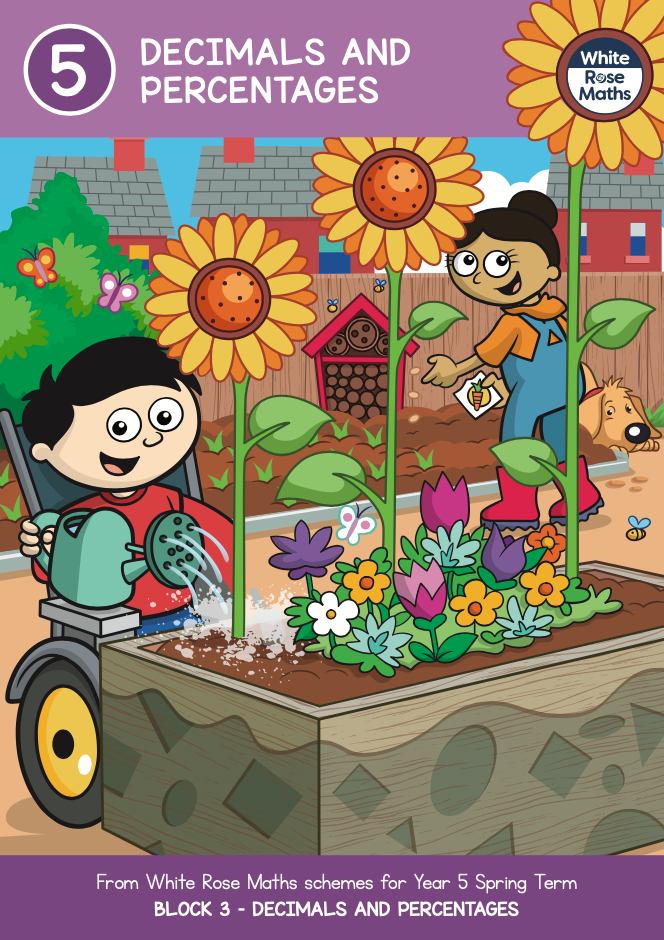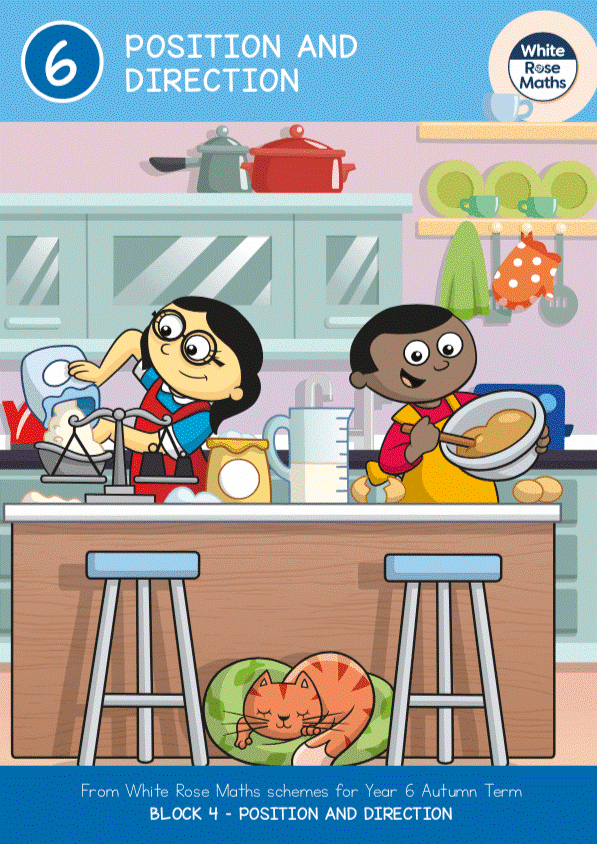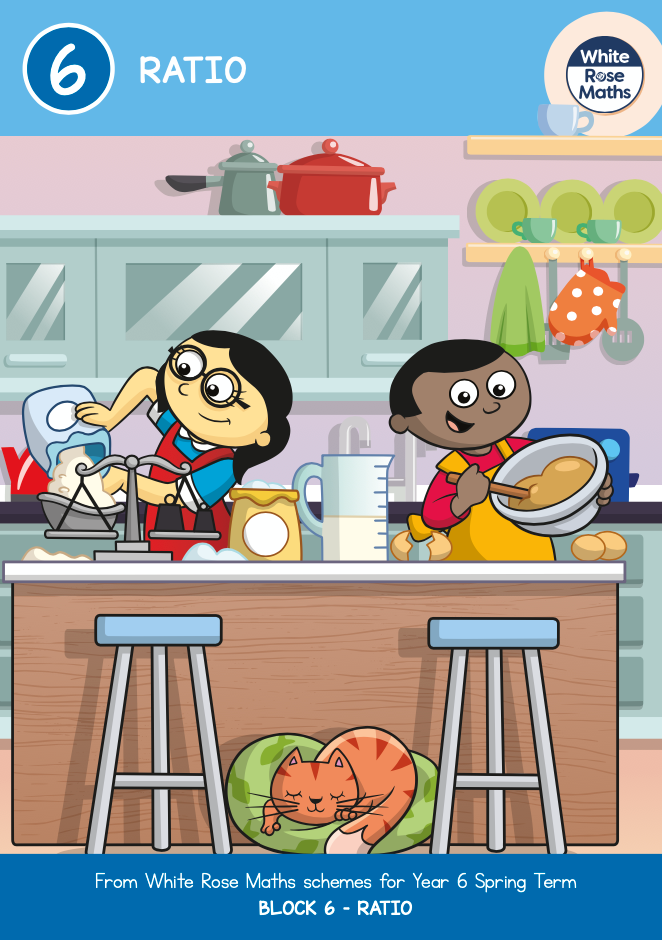Maths at Wouldham
Our Intent...
|
Maths at Wouldham All Saints is engaging and inclusive of all. As children progress through our school they establish firm foundations of maths through carefully planned and differentiated opportunities that are active, creative and challenge all. Children are immersed in rich learning environments that enable them to leave our school as confident mathematicians, applying their knowledge to real life experiences. We want children to make rich connections across mathematical ideas to develop fluency, mathematical reasoning and competence in solving increasingly sophisticated problems. Pupils are able to apply their mathematical knowledge to other subjects and real life contexts, appreciating its fundamental value in everyday life. Lessons are carefully planned and implement the school’s calculations policy to ensure clear progression through the key stages. Teachers follow the National Curriculum and use the 2simple profile to monitor and track progress. Revision is key to pupil success and so regular consolidation of past areas of learning are implemented into termly planning. Pupils leave Wouldham as confident, independent learners. As our pupils progress, we intend for our children to be able to understand the world, have the ability to reason mathematically, have an appreciation of the beauty and power of mathematics, and a sense of enjoyment and curiosity about the subject. |
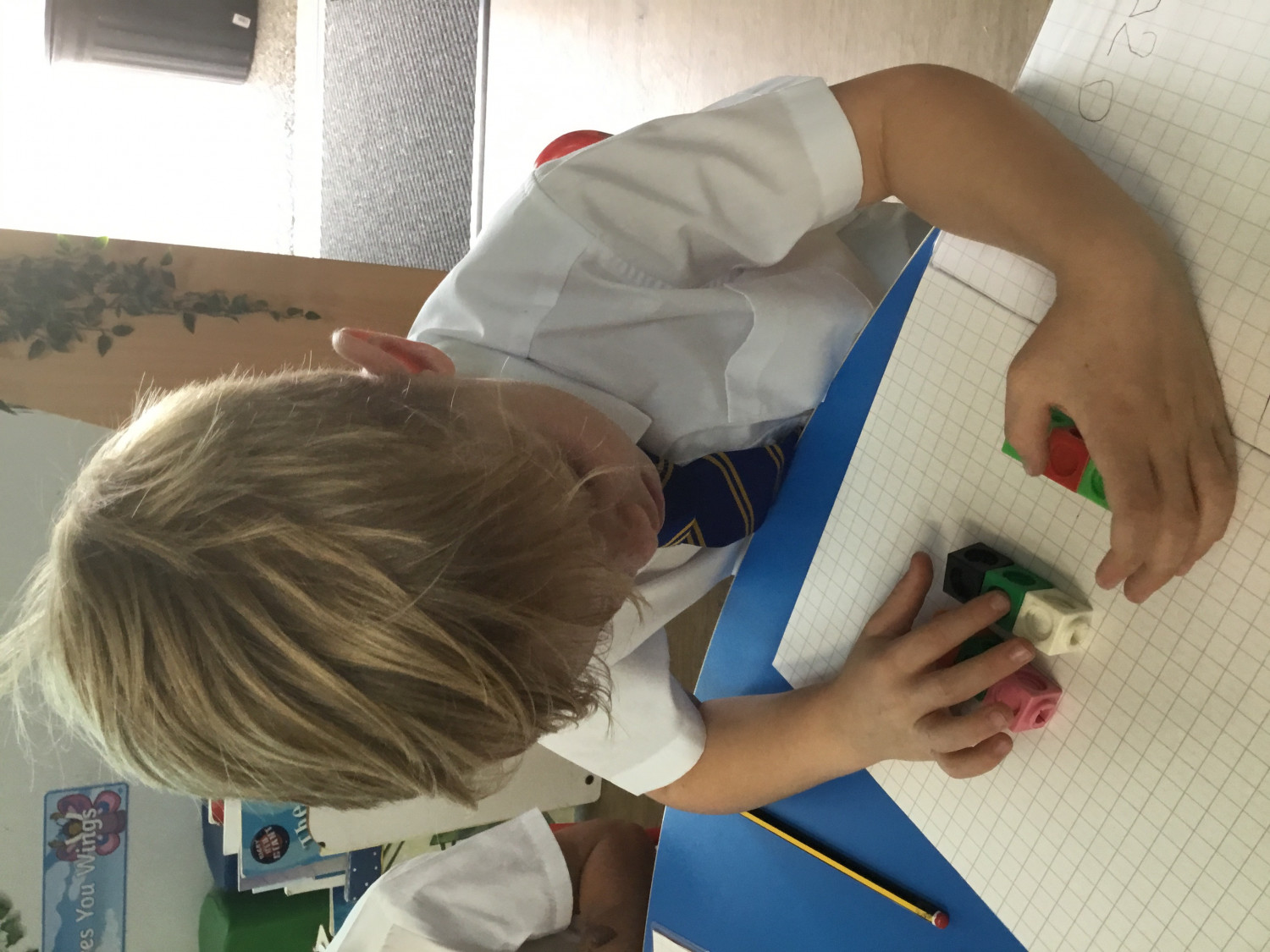
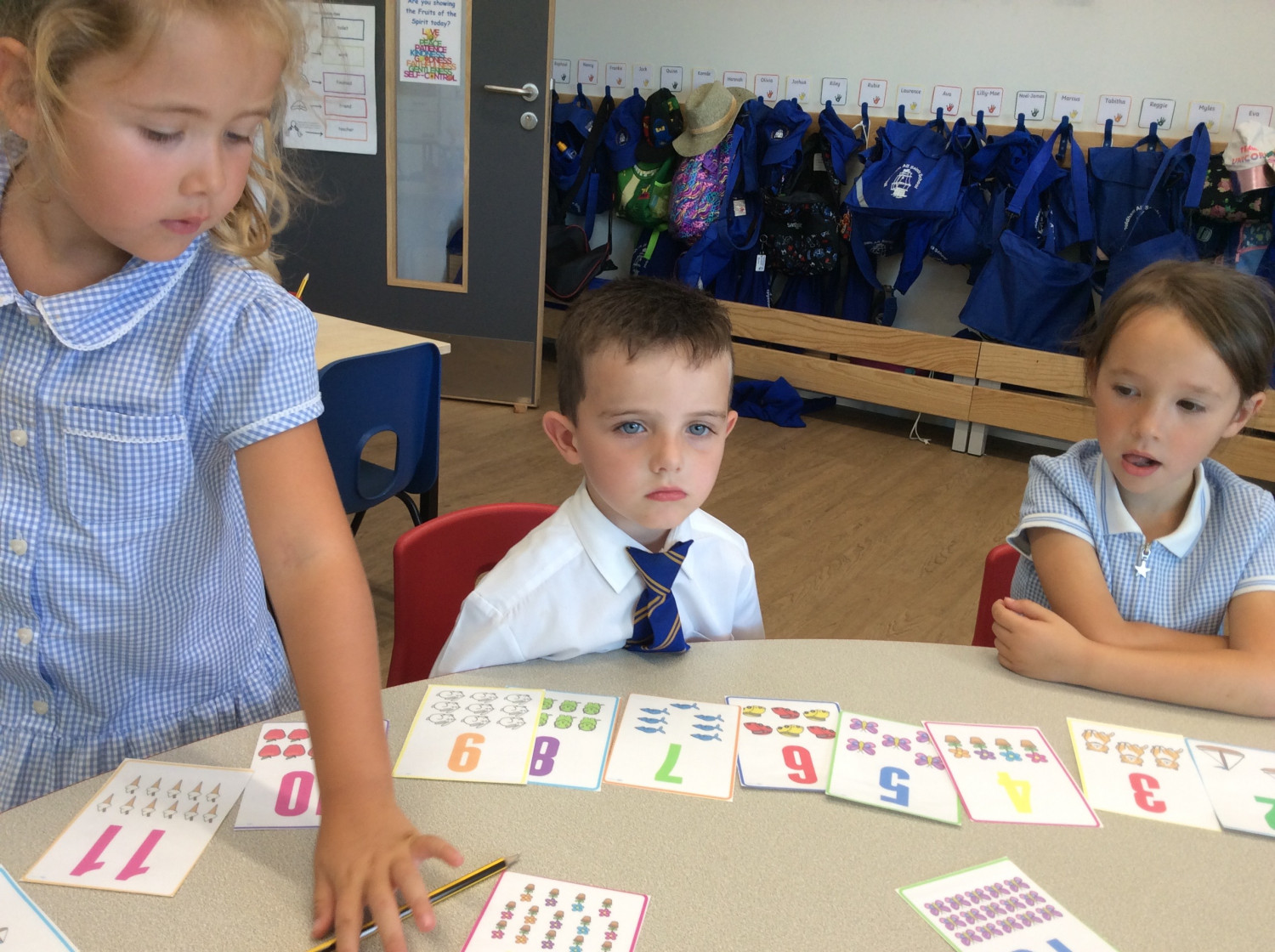
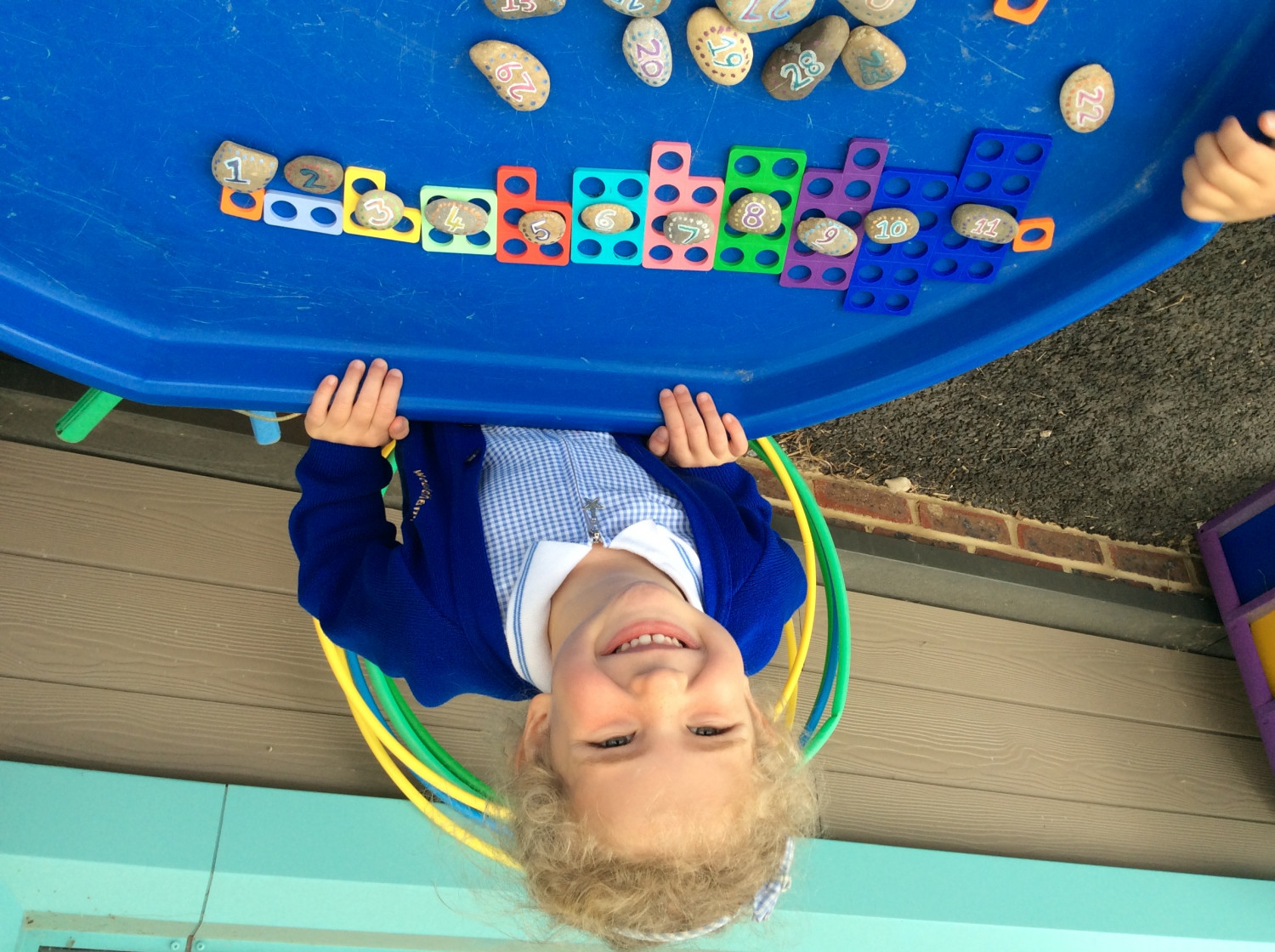
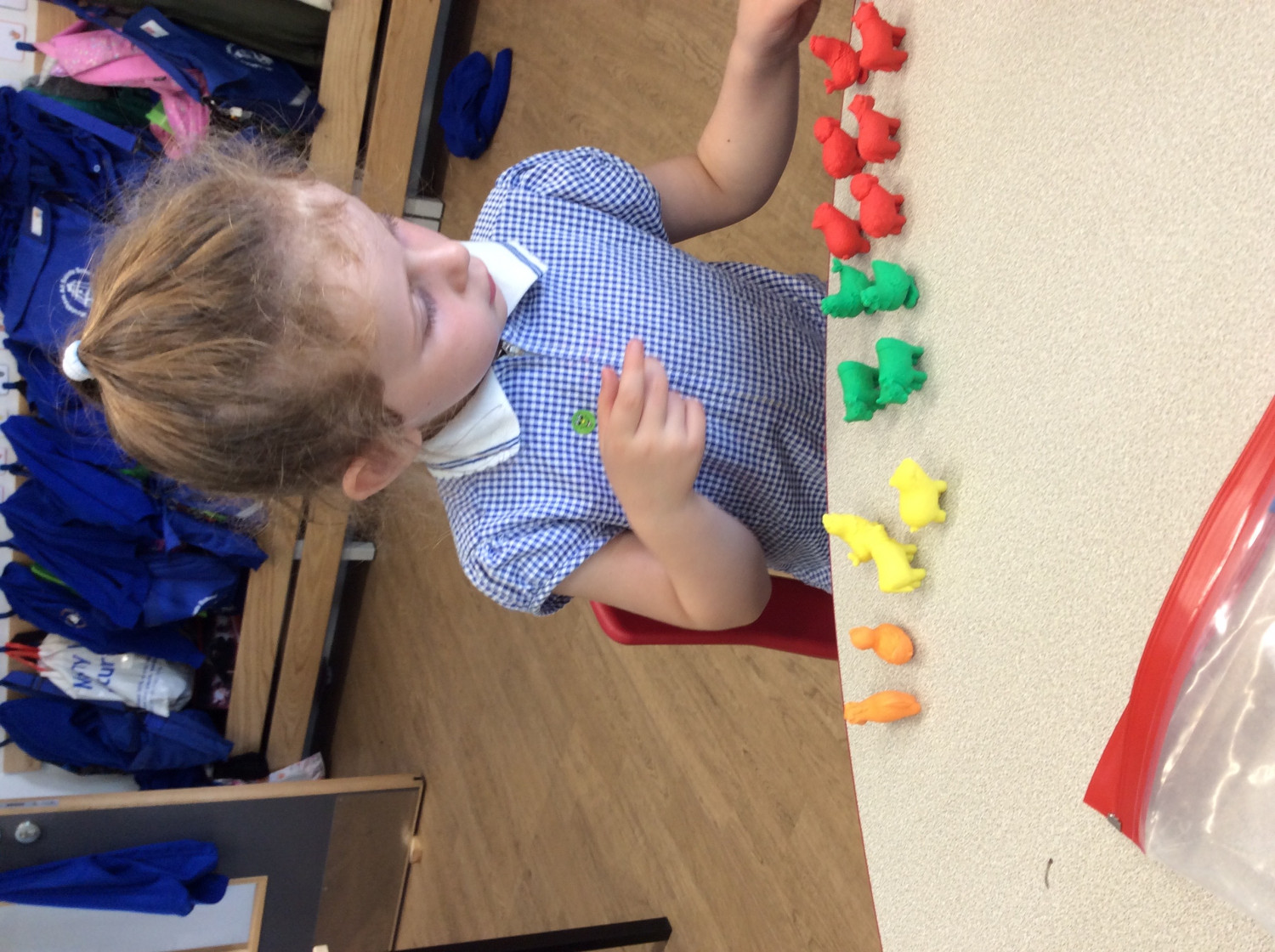
Our Calculations Policy
In addition to White Rose we encourage children to regularly log into their Mathletics accounts and key stage two pupils are able to access Times Tables Rockstars. Use the following images to access these resources.
|
|
Great ways to boost your child
In addition to home learning tasks and online resources we have put together a table of suggested objectives to work on with your child at home. Supporting your child in these areas will really help boost their confidence and compliment further learning in class.
| Year 1 | Year 2 | Year 3 | Year 4 | Year 5 | Year 6 |
|
Count to and across 100, forwards and backwards, beginning with 0 or 1, or from any given number Count, read and write numbers to 100 in numerals Count in multiples of twos, fives and tens Identify one more and one less of a given number Read and write numbers from 1 to 20 in numerals and words. Recognise and name common 2-D and 3-D shapes
|
Count in steps of 2, 3, and 5 from 0, and in tens from any number, forward and backward Recognise the place value of each digit in a two-digit number (tens, ones) Compare and order numbers from 0 up to 100; use and = signs Read and write numbers to at least 100 in numerals and in words Recall and use multiplication and division facts for the 2, 5 and 10
|
Count from 0 in multiples of 4, 8, 50 and 100 Find 10 or 100 more or less than a given number Recognise the place value of each digit in a three-digit number (hundreds, tens, ones) Compare and order numbers up to 1000 Read and write numbers up to 1000 in numerals and in words Add and subtract numbers mentally (3 digits and 1s, 3 digits and 10s, 3 digits and 100s)
|
Count in multiples of 6, 7, 9, 25 and 1000 Find 1000 more or less than a given number Count backwards through zero to include negative numbers Recognise the place value of each digit in a four-digit number (thousands, hundreds, tens, and ones) Order and compare numbers beyond 1000 Recall multiplication and division facts for multiplication tables up to 12 × 12
|
Read, write, order and compare numbers to at least 1 000 000. Round any number up to 1 000 000 to the nearest 10, 100, 1000, 10 000 and 100 000 Read Roman numerals to 1000 and recognise years written in Roman numerals. Establish whether a number up to 100 is prime and recall prime numbers up to 19. Identify 3-D shapes, including cubes and other cuboids, from 2D representations.
|
Read, write, order and compare numbers up to 10 000 000 and determine the value of each digit. Use negative numbers in context, and calculate intervals across zero. Identify common factors, common multiples and prime numbers. Convert between miles and kilometres. Recognise, describe and build simple 3-D shapes, including making nets. Revise division and multiplication facts to 12 x 12.
|



